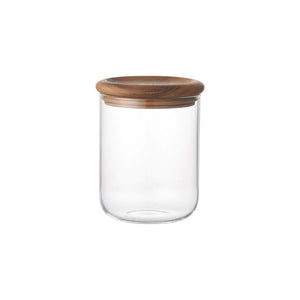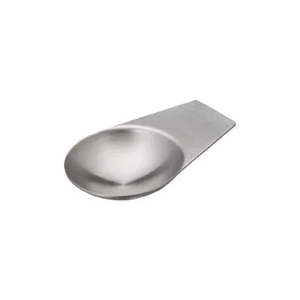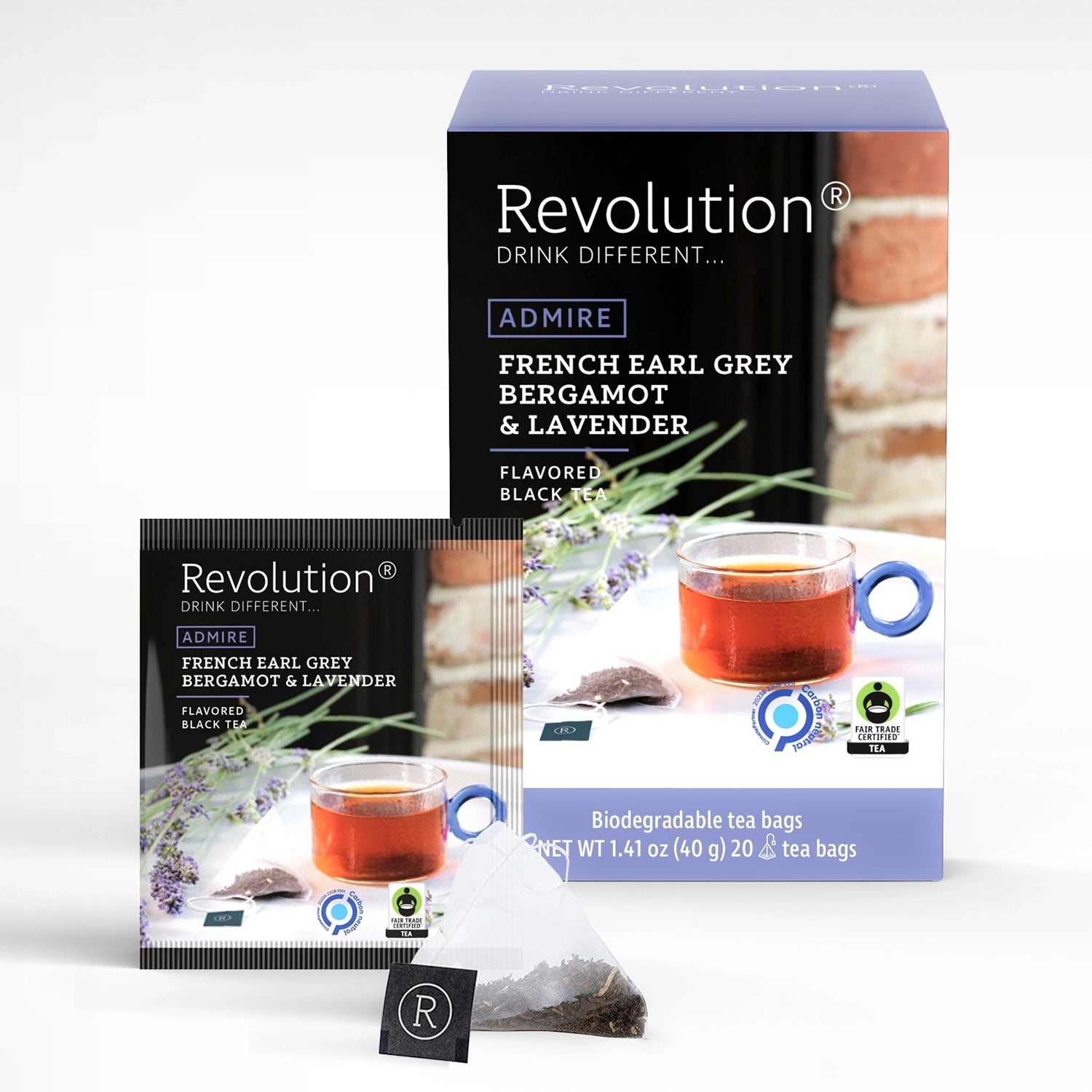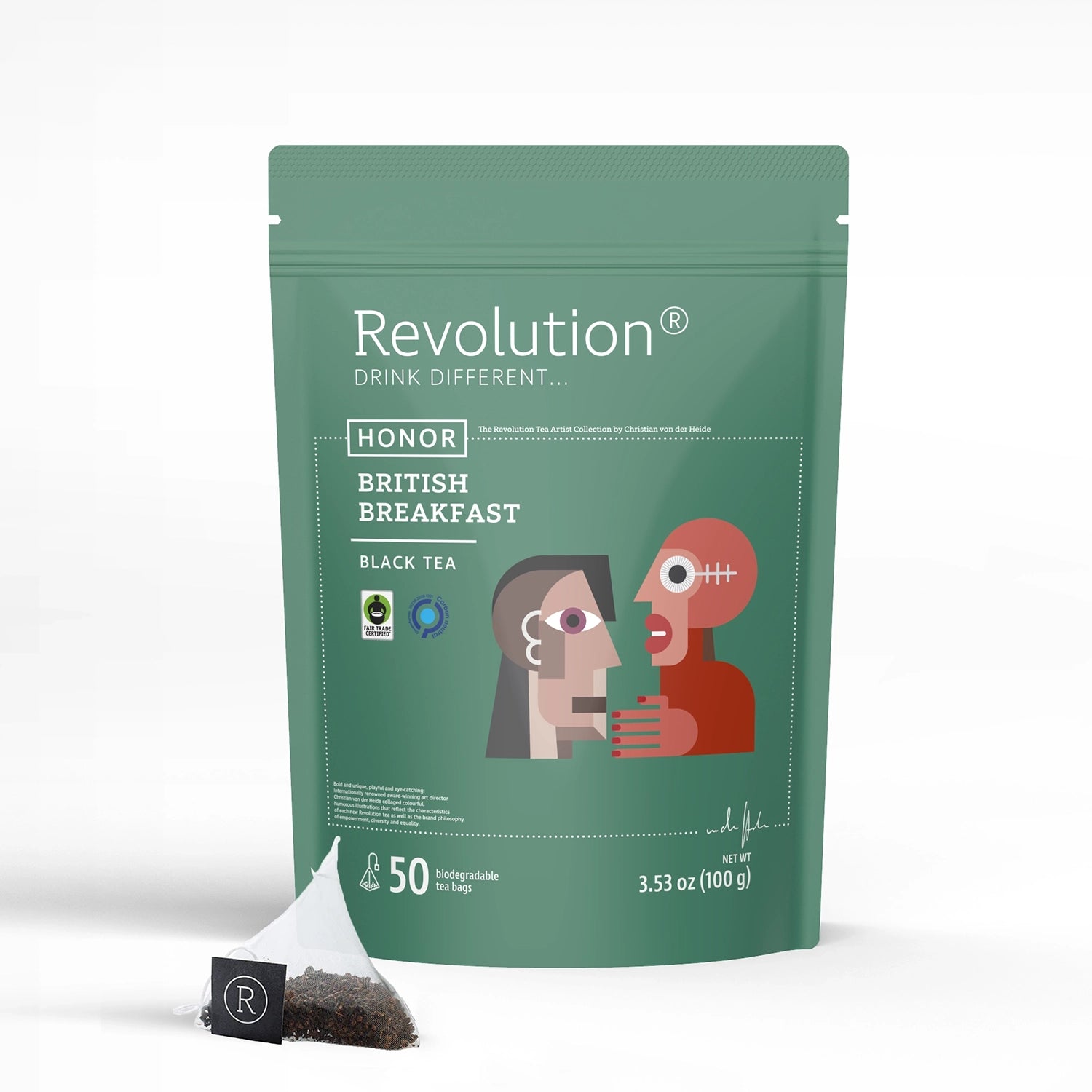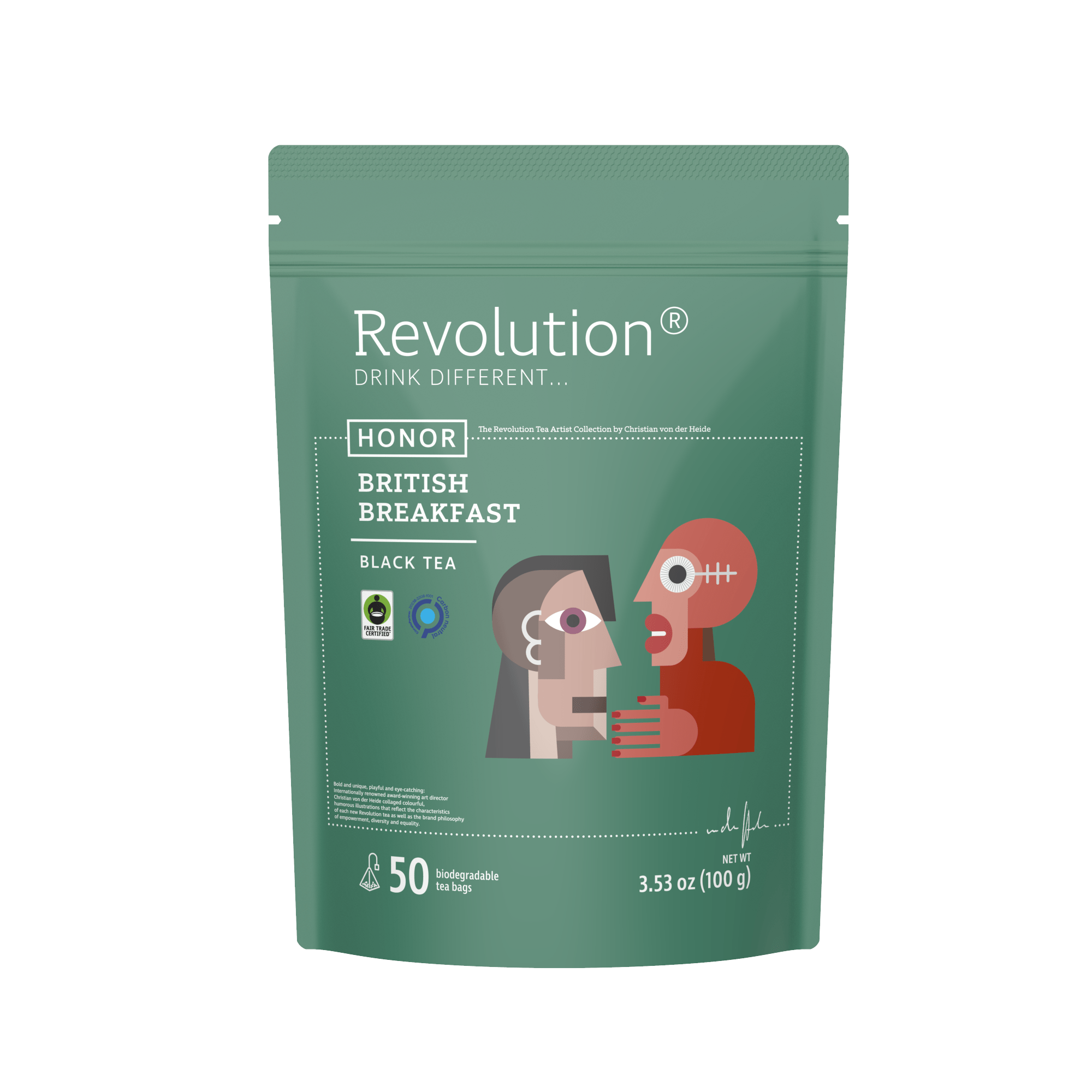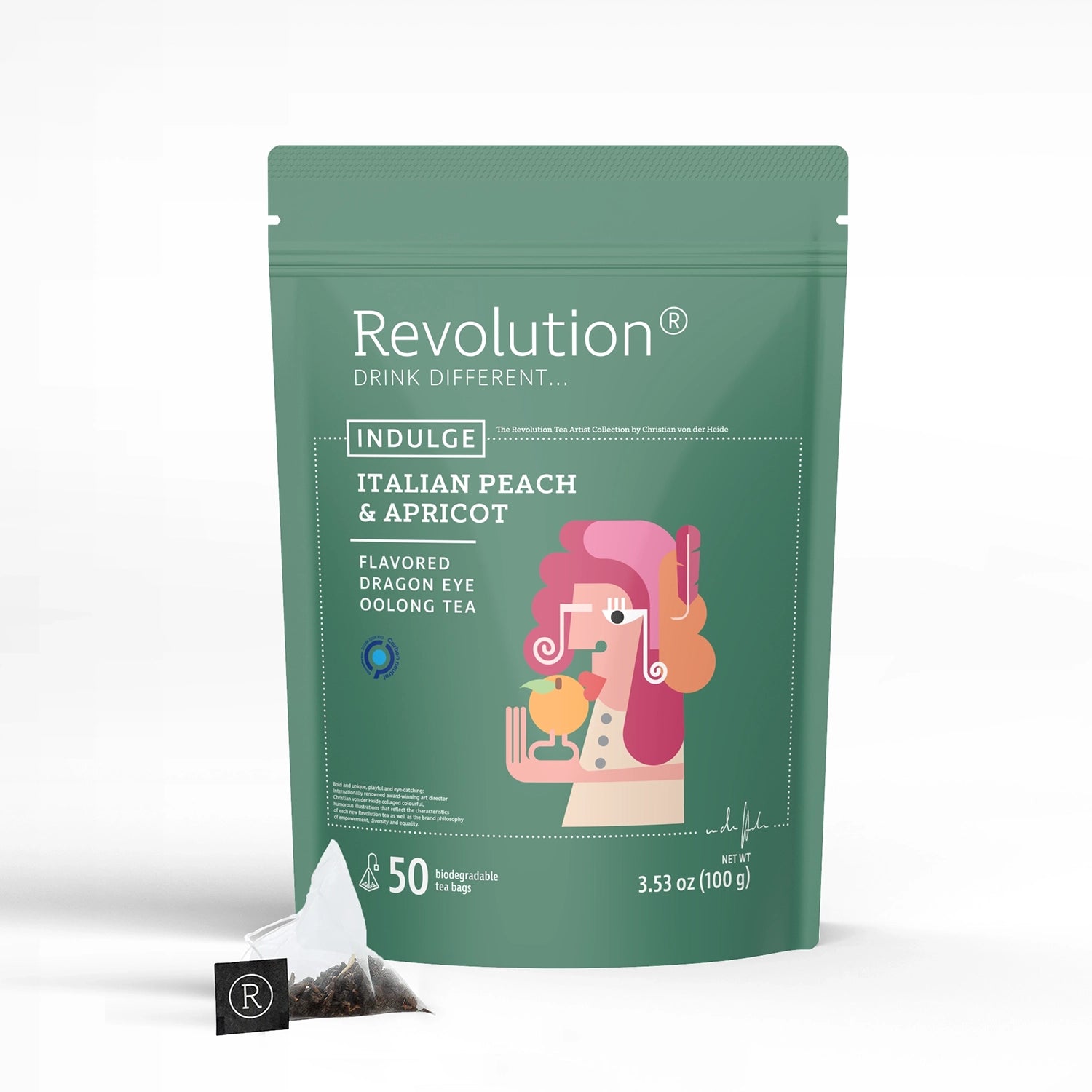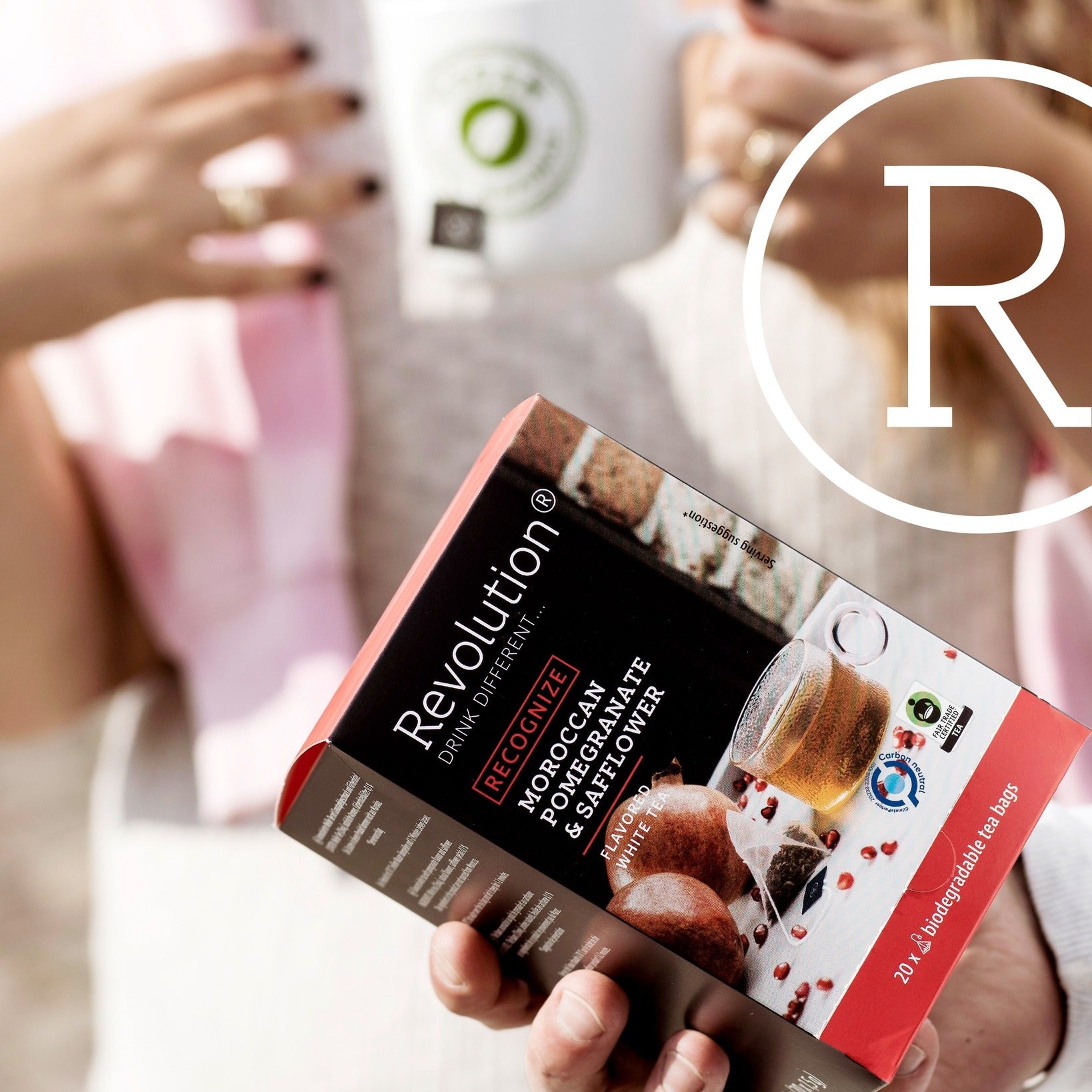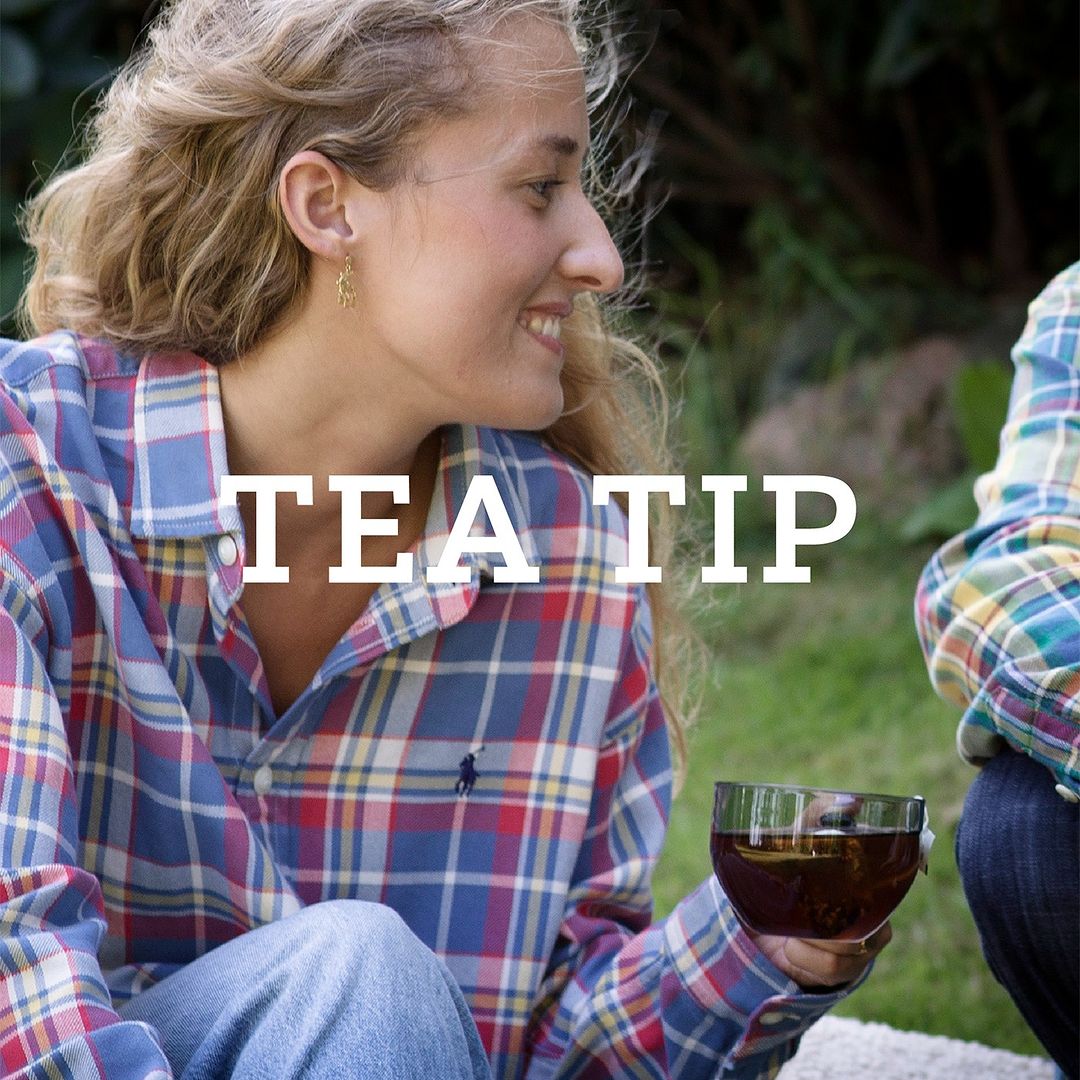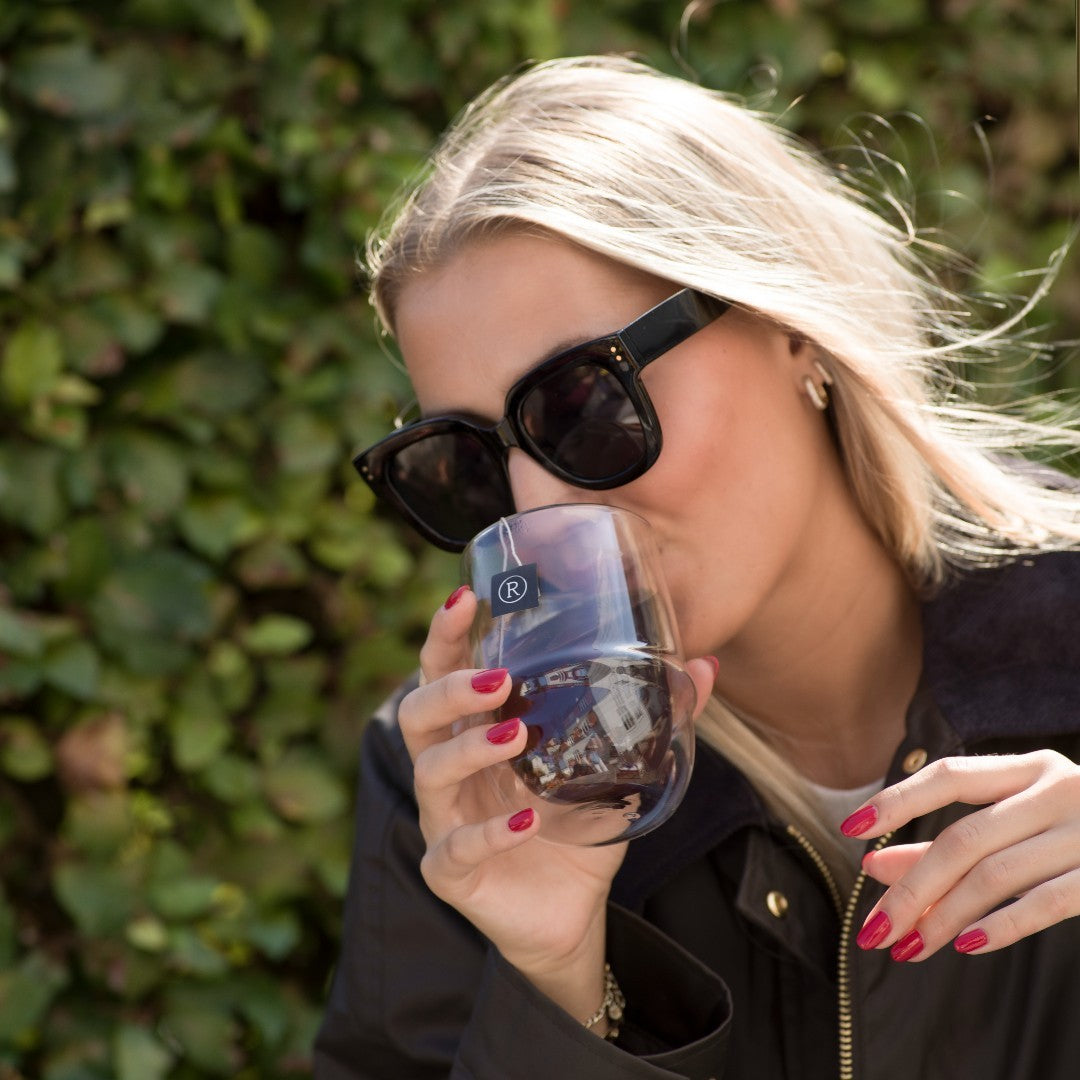Have questions? We’ve got answers!
Frequently Asked Questions
Explore our most frequently asked questions to find quick solutions and helpful information about our products, shipping, and more. If you need further assistance, feel free to contact us.
Yes. Revolution offers seven different types of teas; Black Teas, Green & White Teas, Herbal Infusions, Rooibos Teas, Fruit Infusions, Hemp Teas & Sparkling Iced Teas.
Of Course! Revolution tea bags can be used like any other tea bag you might purchase. However, when making iced tea, you might want to use more tea or tea bags, or allow it to steep for a longer period of time. This will help you to achieve the flavor you are accustomed to, once you add ice and chill.
Revolution takes great pride in offering the highest quality full leaf teas on the market. We have spent years experimenting with teas from all over the world to develop the finest flavor combinations, which are truly designed for today's palate. In addition, we are proud of our product and want you to see what you are tasting. This is why we offer several of our teas in the unique see through Infuser Tea Bag™, a unique point of differentiation that enables us to retain the freshness and flavor of the product by using full leaf tea versus the fannings or dust that most other tea companies use.
To infuse or subject thoroughly or to make thoroughly wet; saturate.
You should steep your tea with the water just under boiling. There are different steep times depending on the flavor of tea.
The process of steeping a substance in water to extract soluble principles.
Young tea leaf buds of the tea plant (Camellia Sinensis) are covered with a dense layer of silky hairs. These hairs give the buds a silvery or white appearance and are generally present in greater proportions in White Teas than in other types of tea. Because this tea has been minimally processed (not fermented), the young buds have retained much of their original anatomical features, including trichomes "hairs" on the leaf surfaces. Many of these trichomes will become golden colored with age and drying, they may also detach from the young leaves and settle out of the tea bags, clinging to the packaging – appearing to look like mold, but it's not.
Tannins are substances present in the seeds and stems of grapes, the bark of some trees, and yes, tea leaves. They are described as interfering with digestive processes, and until more effective synthetics were found, were used to tan animal hides and turn them into leather.
After tea leaves are picked, they are withered in fresh air or in a dryer, mechanically rolled to crush the cells and mix various chemical components. Then they are fermented for one to three hours at about 80°F (27°C), during which time colorless and flavorless substances in the leaves are transformed into colorful and astringent tannins. Without the development of the tannins, the tea would lack color and its characteristic full-bodied flavor. Different varieties of tea are treated in different ways. Green tea has a pale yellow color and less complex taste because of a relative absence of tannins. Black tea is at the other extreme, with a much darker color and fuller taste. Oolong tea falls somewhere in between.
If you add milk to your tea, the tannins attack the proteins in the milk rather than those in your mouth, and the taste is much less astringent. In moderation, tannins are not concentrated enough in tea to interfere with digestion. We'd say after 5,000 to 8,000 years or so of tea drinking (depending on whose legend you believe) and with humanity having continued thus far, you'd have to assume that tannins can't be all that bad.
Get in Touch with Us
If you have any questions, please reach out via our contact form.










